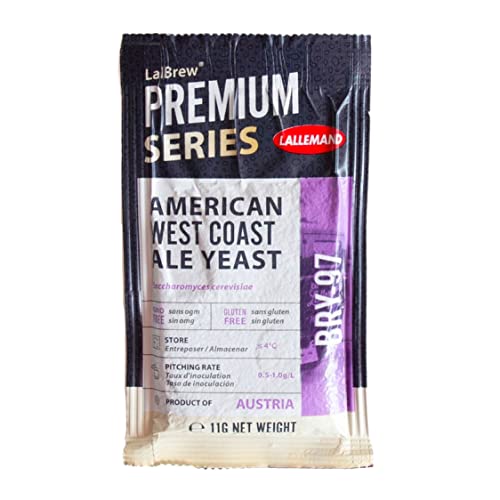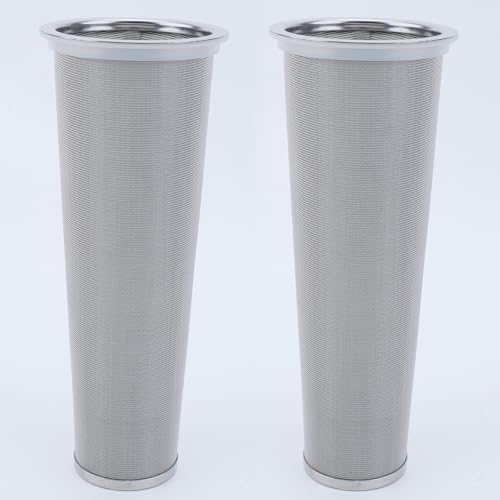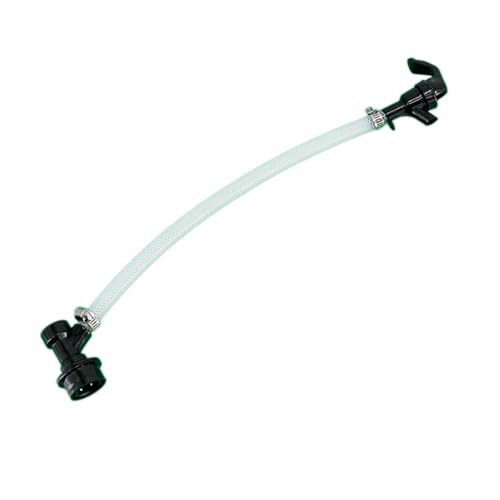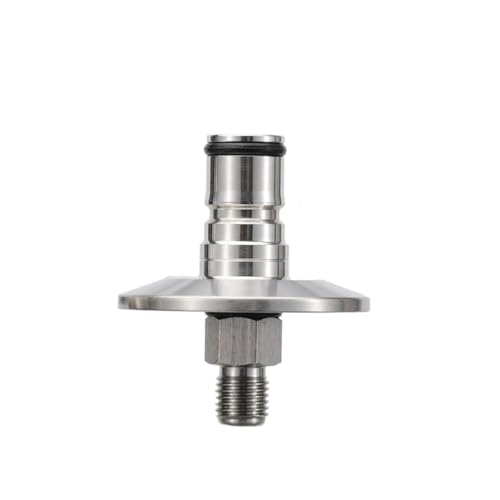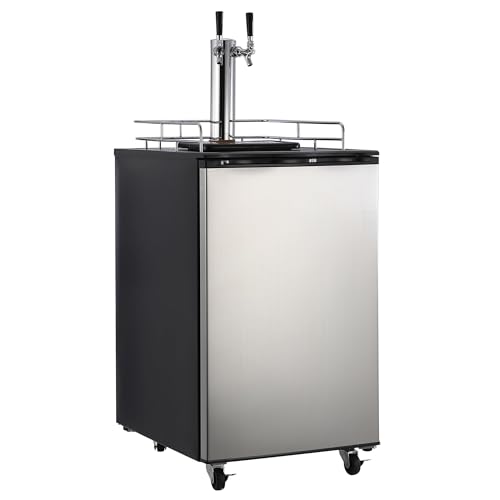seansolo8
Member
- Joined
- May 9, 2014
- Messages
- 19
Ready to try my first cider. Got the basics, pretty sure which avenue I'm going to travel. But, the guy at my local homebrew supply suggested something, and I'm curious to know if anyone here has tried it.
According to him (and he has not steered me wrong so far with beer recipes) the best locally-brewed cider he has tried used this method:
Peel & dice [about a pound] of apples. (he suggested Granny Smith for tartness, but I'm using Honeycrisp) Stick them in the freezer in a large ziploc bag. They will turn to mush (upon thawing I presume). After you've put your apple juice into the carboy, along with whatever other additives you choose, cut a hole in the corner of the bag and squeeze the mush into your primary before adding yeast.
Makes sense to me, but the cider recipes I looked at on here didn't mention using actual apples much less this specific method.
Thoughts?
According to him (and he has not steered me wrong so far with beer recipes) the best locally-brewed cider he has tried used this method:
Peel & dice [about a pound] of apples. (he suggested Granny Smith for tartness, but I'm using Honeycrisp) Stick them in the freezer in a large ziploc bag. They will turn to mush (upon thawing I presume). After you've put your apple juice into the carboy, along with whatever other additives you choose, cut a hole in the corner of the bag and squeeze the mush into your primary before adding yeast.
Makes sense to me, but the cider recipes I looked at on here didn't mention using actual apples much less this specific method.
Thoughts?


![Craft A Brew - Safale S-04 Dry Yeast - Fermentis - English Ale Dry Yeast - For English and American Ales and Hard Apple Ciders - Ingredients for Home Brewing - Beer Making Supplies - [1 Pack]](https://m.media-amazon.com/images/I/417FujUfrWL._SL500_.jpg)




